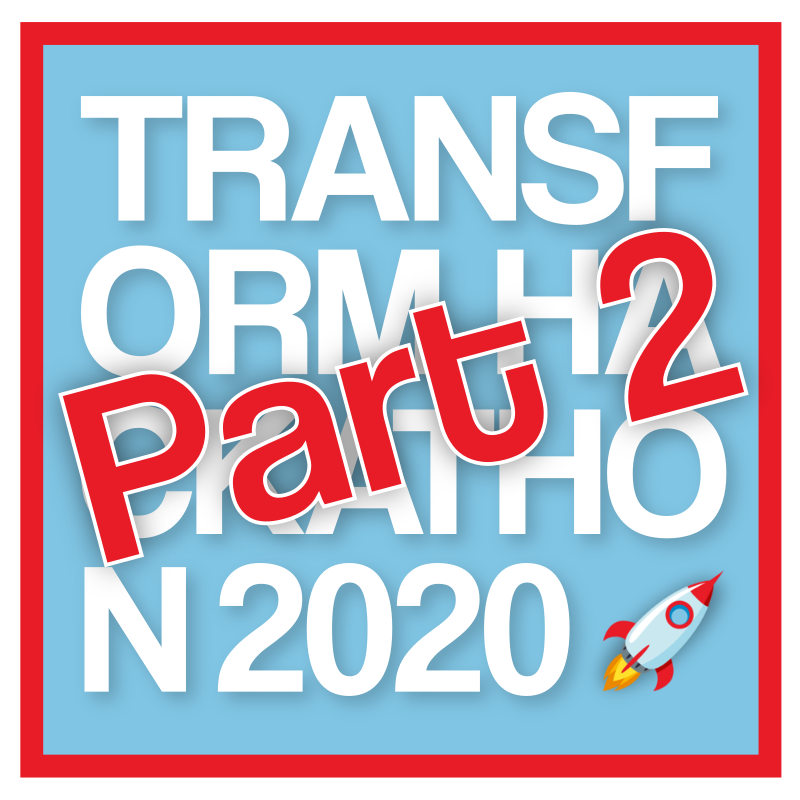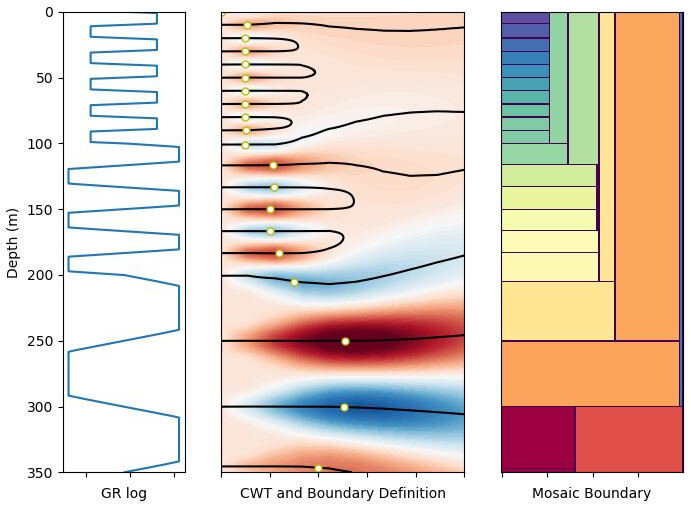Last week the Software Underground hosted the latest edition of TRANSFORM, its annual festival of digital subsurface stuff. This year we had a packed schedule, including:
Folks sprinting on various software projects at the weekend.
13 live hands-on tutorials on a wide range of topics.
Birds of a feather meet-ups to discuss the future of scientific virtual meetings.
Eight lightning talks on topics from sealice to web apps to scholarly communication.
The Annual General Meeting of the Software Underground organization.
All this was stitched together by the Slack chat, as usual. You can catch up on what you missed in the #t22-general channel. Our Slack is free to join and open to anyone.
The tutorials
Here’s a list of the tutorials, which were very high quality this year. All of them were 90 minutes to 2 hours long, and all are supported by fully open-source software and open-access materials. How awesome is that?
Getting started in Python, by Robert Leckenby (Agile).
GSTools, a toolbox for geostatistical modeling in Python, by Sebastian Müller (UFZ, Leipzig).
What is Markov chain Monte Carlo? By Miguel de la Varga (Terranigma).
Mandyoc, a finite element simulator for the mantle, by Agustina Pesce et al.
Machine learning models for geoscience, by Tom Ostersen (Datarock).
From Zero to Devito (geophysical modeling & inversion), by Rhodri Nelson (Devito).
Publishing your first Python package, by Matt Hall (Agile).
PyGIMLi (geophysical modeling & inversion), by Florian Wagner et al. (RWTH).
OccamyPy, an object-oriented optimization framework for large-scale inverse problems, by Francesco Picetti & Ettore Biondi (Stanford).
A geophysical tour of mid-ocean ridges, by Leonardo Uieda (U of Liverpool).
Self-supervised noise suppression, by Claire Birnie & Sixiu Liu (KAUST).
Julia for geoscience, by Francis Yin (Georgia Tech).
PyLops (geophysical modeling & inversion), by Matteo Ravasi et al. (KAUST).
If any of those sound good to you, and I hope they all do, check them out in this YouTube Playlist.
The lightning talks
As always, the lightning talks were a lot of fun. Check out the Description in this video for the full list of chapters:
That’s it for 2022. Hope to see you at TRANSFORM next year!

















